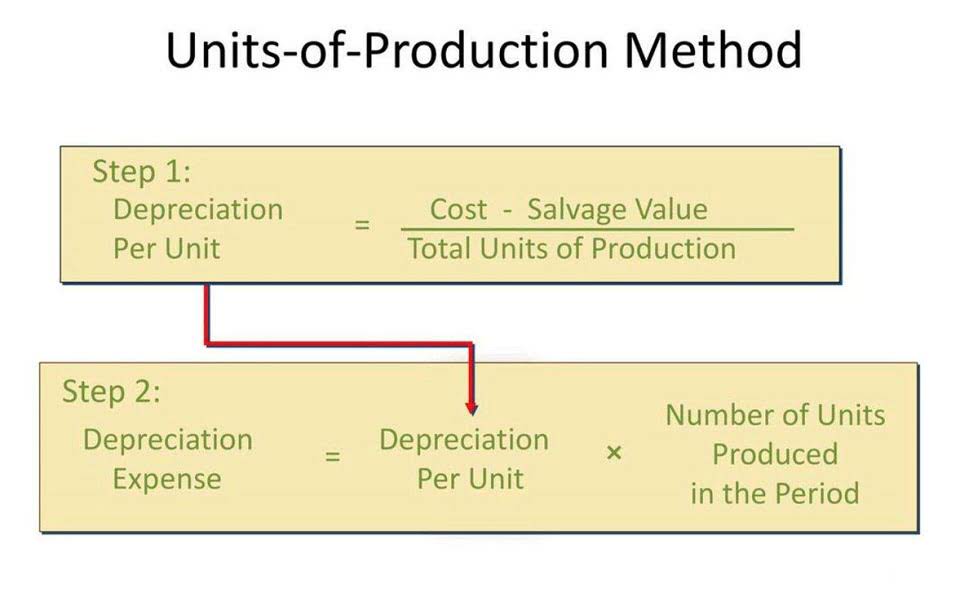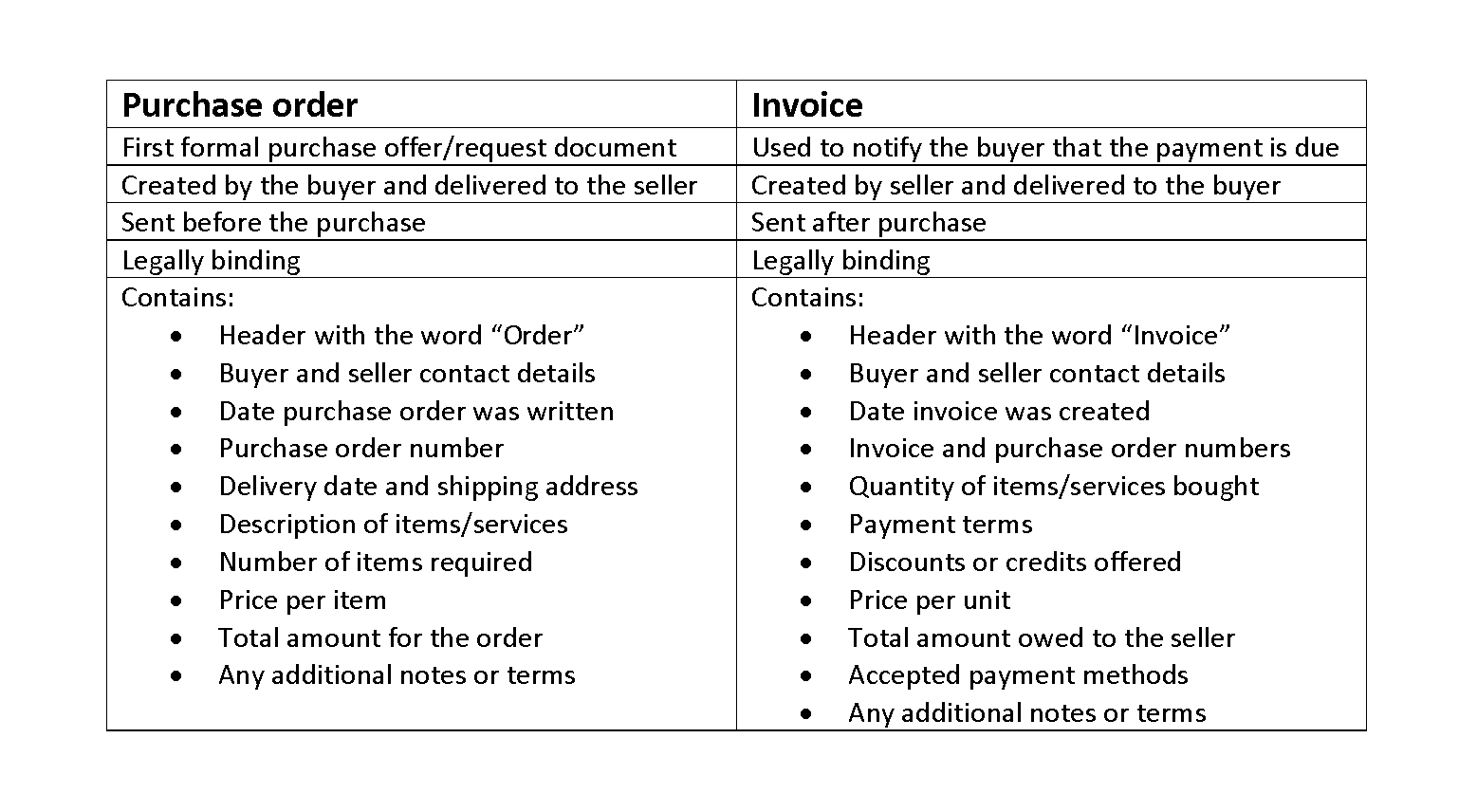If the program operates with similar goals, measures, costs, and staff, we’d suggest that these be grouped as a single program. This budget provides a breakdown of your annual projected revenue and expenses. The nonprofit operating budget categorizes revenue by different funding sources. It also divides operating expenses by program and other overhead costs. Every nonprofit has operating expenses, program expenses, and fundraising expenses of some kind.
- Are you looking to expand a program, hire additional staff, or purchase new technology?
- One key to writing strong grant applications is being clear about how you’ll use the funding you’re requesting.
- Because sales are the top line item in all operating budgets, the sales budget is typically the second budget that businesses prepare after the master budget.
- It will also keep your donors informed as it is rather important that you have a certain level of transparency with them.
- You may ask yourself how you want to create your nonprofit event budget, but the most basic ways are going to be listed below in the following steps.
- Setting aside a portion of the budget (typically 5-10%) as a reserve will help your organization handle unexpected challenges like sudden drops in donations, emergency repairs, or economic downturns.
Allocate staff salaries, benefits, and taxes
- From fluctuating income streams to increasing demand for programs, organizations must plan carefully to navigate financial complexities while maximizing impact.
- The budget template sheets are a good way to keep track of all the revenues and expenses in an organization.
- Once you have a good idea of how much money will be coming in, you can then budget for expenses, or how much money will be going out.
- Take a look at your last year’s budgets to gain insights into what to expect.
- It’s particularly useful for tracking annual income sources, expenses, and for preparing financial reports that support strategic planning and decision-making processes.
Your budget is a recipe for financial health over the forthcoming year, but don’t ignore the health status you expect when closing the current year. With top-down budgeting, you can ensure all departments and programs in your organization are working towards the same goal. Not only do the key budget components vary depending on your mission and structure, but there may also be differences in the budgeting method used by different nonprofits. Unlike standard budgeting, your priority as a nonprofit is to consider project goals from the perspective of donors and stakeholders rather than generating profits.
The purpose of budgeting for nonprofits
Budget states what a company is expecting in a short period, while forecast projects the financial fluctuations based on the current trends. For example, your goal for 2025 can be to increase fundraising revenue by 20% to support a new educational outreach program. Rachel Grusin, Project Coordinator for the Legal Aid Society of San Diego, further explains that nonprofits can’t expect to slide in a line item without a clear explanation for why it belongs.
Raise funds better, faster, and for free with Givebutter
You can also use this to compare to your program and overhead needs to understand if you have enough in each type of fund to support your expenses. Nonprofit staff members should be aware of the difference between restricted and unrestricted funds so that they can understand the differences between program budgets. It’s important to differentiate between what might be a startup and one-time initial costs and regular costs. Some startup costs might transfer over to the regular budget, while others may not need to be included in future budgets. You can download slides below and here’s a transcript of this recording. Apart from fundraising, nonprofits may occasionally feed volunteers or entertain potential donors as part of their development efforts.
- Also included in this section might be rent, utilities, and technology for office space, and legal and other miscellaneous expenses.
- We recommend setting aside at least 5-10% of your annual budget for emergencies.
- Discover seven powerful collaboration tools that transform chaotic nonprofit teamwork into streamlined fundraising success—helping you raise more while stressing less.
- Having extra cash can help stabilize your nonprofit and absorb an unexpected delay in receiving funds, a shortfall in revenue for a special event, or unbudgeted expenses.
Capital grants are usually for large-scale items like construction, renovations, or equipment. For example, if your budget is too high, a funder might immediately pass you over. If your budget is too low, you could be accounting services for nonprofit organizations setting yourself up for failure. Take a look at your last year’s budgets to gain insights into what to expect. It is generally suggested that you account for 3% inflation every year.
Since a lot of people may ask what a nonprofit program does with the money or the budget, the simplest answer is they have a budget in order to trace how they spend it and what they may spend it on. Creating a non-profit operating budget allows organizations to set clear financial objectives, track progress towards those goals, and make informed decisions to ensure financial sustainability. It also helps in identifying potential financial challenges and opportunities, enabling proactive management of the organization’s finances.
What Are Tax Deductible Donations?
A budget reviews the actual cash flow and expenses to determine whether or not it is as you expected it to be. This free operating budget template can simplify the budgeting process. It can help you organize revenue and expenses, track performance, and make data-driven decisions to support your mission and your organization’s financial sustainability. A nonprofit operating budget details the organization’s projected annual revenue and expenses.
Depending on the type of grant you win, the award will cover only direct costs, or, if a general operating grant, it may cover much more. Poor financial planning can often be attributed to poor budget management. If you’re a nonprofit organization, you’ll know there is no room for error regarding the management of funds, as this could have a direct impact on the probability of securing funds in the future. So a non profit program budget can be a type of budget plan that centers around the financial budget of a nonprofit program. It can also be considered a summary of the financial budget made by the organization to host a non profit program.
Involve board members, department heads, program managers, and financial officers. Each stakeholder provides unique insights into the organization’s priorities and operational needs. For example, program managers can offer details about anticipated costs, while financial officers can provide an overview of past income trends. Keep monthly and quarterly tabs on your nonprofit’s cash flow with this all-inclusive, customizable template. Pre-filled income sources — such as https://holycitysinner.com/top-benefits-of-accounting-services-for-nonprofit-organizati/ grants, donations, etc. — enable you to track monthly and quarterly income actuals. A grant budget is a detailed financial plan that outlines the estimated expenses of your proposed project or program for which you’re seeking funding.


